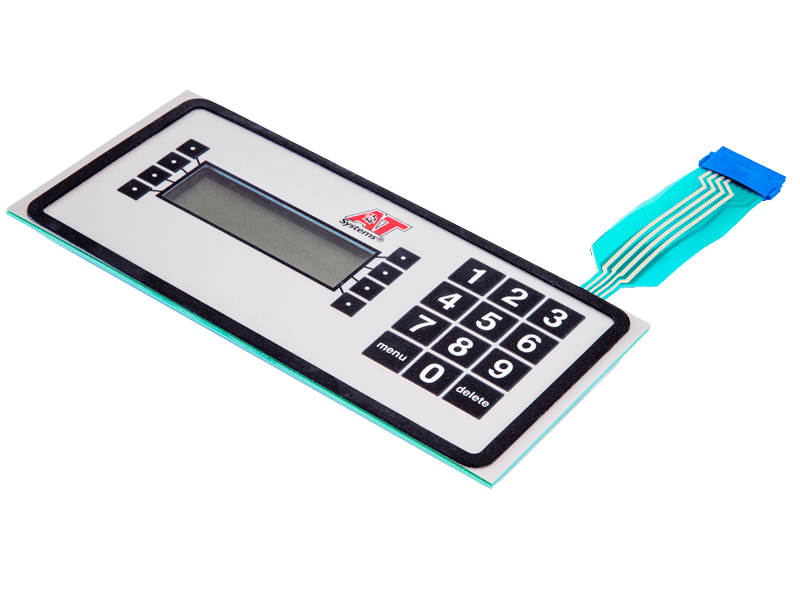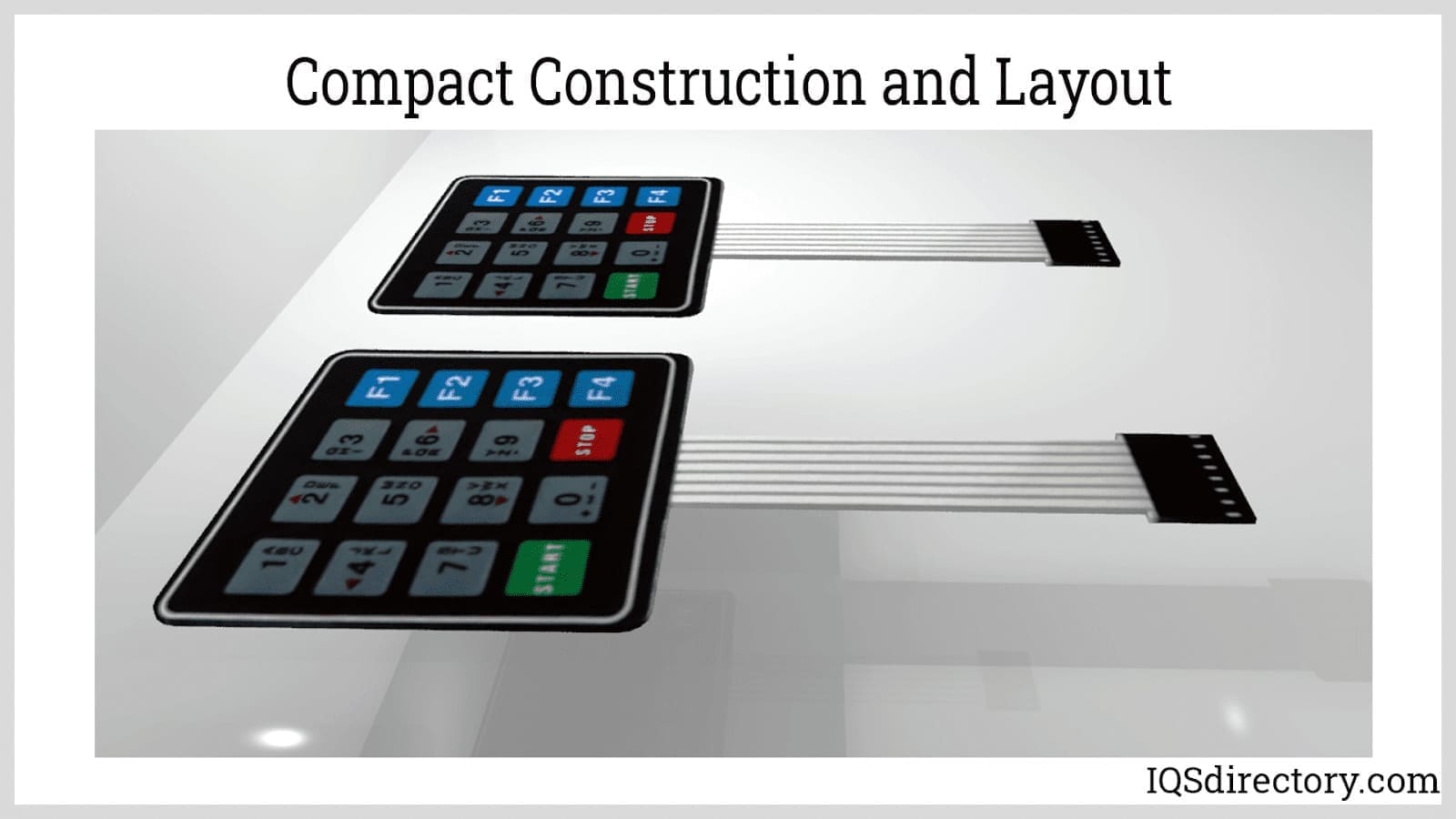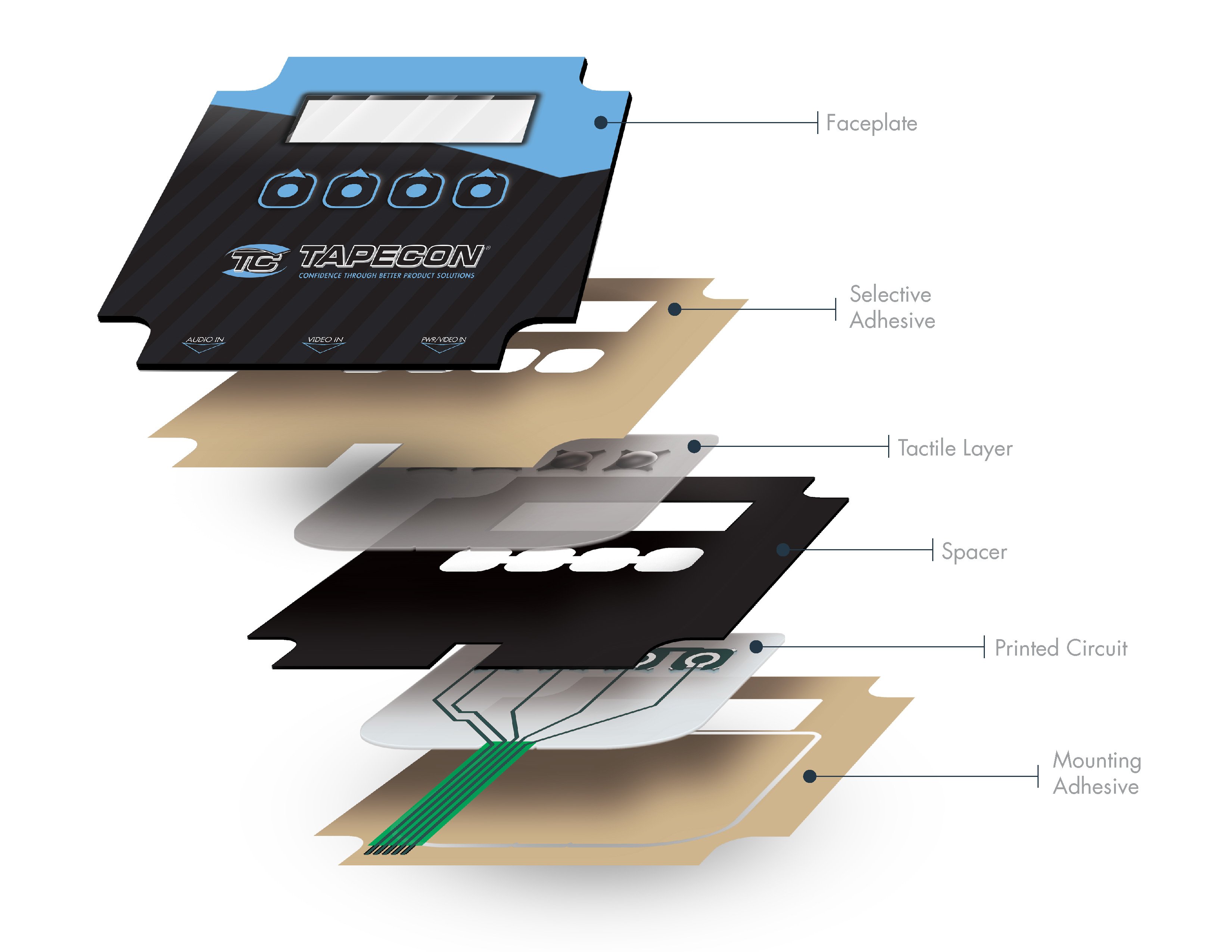Why Membrane Switches Are Gaining Popularity in the Automotive Industry
Why Membrane Switches Are Gaining Popularity in the Automotive Industry
Blog Article
Comprehending the Value of Membrane Switches in Interface
Membrane switches are integral components in the design of effective individual interfaces, promoting not only performance yet additionally improving visual charm and user communication. Their unique attributes, such as resistance to environmental variables and adjustable designs, make them appropriate for a varied range of applications throughout multiple markets. As we check out the future trends and different benefits connected with Membrane modern technology, it becomes clear that these switches are greater than simply components; they stand for a merging of development and usefulness. The implications of this innovation on customer experience deserve analyzing further.
What Are Membrane Buttons?

The spacer layer, which has sticky properties, permits the splitting up of the circuit layer from the overlay, making certain that the button remains in a non-activated state until pushed. When stress is put on the overlay, it compresses the spacer layer, linking the space and finishing the circuit in the underlying layer. This design not just minimizes the physical space needed for standard mechanical buttons yet likewise enhances the durability of the tool, as Membrane buttons are normally resistant to dirt, wetness, and various other environmental variables.
Frequently found in applications varying from consumer electronic devices to clinical devices, Membrane switches are essential to modern innovation, offering a reliable and easy to use user interface that lines up with modern design needs.
Advantages of Membrane Switches
While many switch modern technologies exist, Membrane Switches offer unique benefits that make them specifically desirable in different applications. Among the primary advantages of Membrane switches is their portable design, which enables space-saving implementations in tools where property is restricted. Their thin profile not just boosts aesthetic charm but also assists in light-weight building and construction.
One more significant advantage is their resistance to environmental elements. Membrane switches are normally secured against dampness, dust, and impurities, making them perfect for usage in demanding settings, such as medical tools and commercial tools. This toughness expands the life-span of the switch, minimizing upkeep prices and boosting reliability.
Furthermore, Membrane switches can be personalized to meet particular style demands, incorporating unique graphics and colors that enhance user interaction. Their tactile feedback choices can additionally be customized to supply a satisfying individual experience. Furthermore, Membrane switches are cost-effective, particularly in high-volume applications, as they can be produced successfully.
Applications in Numerous Industries

In the consumer electronic devices market, Membrane buttons prevail in gadgets such as microwaves, cleaning makers, and push-button controls. Their responsive comments and aesthetic options improve user experience while giving a smooth, modern appearance. Additionally, auto producers utilize Membrane switches in control panel controls and infotainment systems, where area is limited, and individual engagement is important.
Furthermore, Visit Your URL the industrial market leverages Membrane buttons in control panels for equipment and equipment, enabling user-friendly operation in often severe settings. Their resistance to chemicals and wetness makes certain long life and reliability in these applications. Overall, the versatility of Membrane Switches contributes substantially to their prevalent use, making them vital in various technological domain names.
Layout Considerations for Membrane Switches

When creating Membrane switches, a number of check this site out vital considerations must be considered to make sure optimum capability and user experience. The choice of products is crucial; choosing long lasting, high-grade substratums can boost the button's durability and resistance to ecological aspects such as moisture and temperature variations.
Second of all, the style of the visuals overlay need to focus on clearness and simplicity of use. Icons and message need to be readable, and the design ought to help with intuitive interaction (membrane switches). In addition, responsive comments is important; incorporating a responsive dome or various other mechanisms can enhance the customer experience by providing physical verification of activation
An additional important factor is the button's electric performance. Designers have to make sure that the conductive traces are correctly designed to decrease resistance and prevent signal interference. This entails examining the required actuation pressure and guaranteeing compatibility with the electronic elements they will user interface with.

Future Patterns in Membrane Technology
As modern technology remains to development, Membrane switches are positioned to evolve significantly, driven by technologies in materials and producing techniques. One emerging fad is the incorporation of sophisticated products, such as conductive inks and flexible substratums, which improve durability and decrease the total weight of Membrane buttons. These products not only improve the tactile feedback but likewise enable the layout of switches that can hold up against harsher environmental problems.
Additionally, the integration of touch-sensitive innovations is transforming typical Membrane Switches right into more interactive interface. Capacitive touch sensors embedded within Membrane switch panels can supply an extra instinctive and receptive user experience, aligning with the growing demand for smooth, modern-day layouts in customer electronic devices.
Furthermore, developments in printing strategies, such as digital and 3D printing, make it possible for fast prototyping and personalization of Membrane switches. This versatility enables makers to respond a lot more swiftly to market demands and consumer preferences.
Finally, sustainability is ending up being a considerable focus, with manufacturers exploring environmentally friendly materials and procedures. As these fads unravel, the future of Membrane technology promises enhanced capability, visual charm, and environmental responsibility, strengthening their duty in sophisticated individual interfaces across numerous sectors.
Final Thought
In final thought, Membrane Switches represent a vital element in the layout of individual interfaces, incorporating performance with visual versatility. As innovations in technology proceed, the advancement of Membrane buttons is anticipated to further fine-tune customer interfaces, driving development and boosting usability in a progressively intricate technological landscape.
Membrane switches are indispensable components in the design of efficient individual interfaces, facilitating not only performance yet also enhancing aesthetic allure and customer interaction.Membrane Switches Discover More Here offer as an essential component in various individual interfaces, assisting in a smooth communication between users and electronic gadgets.While countless button technologies exist, Membrane Switches offer distinct advantages that make them especially desirable in different applications.Additionally, Membrane buttons can be tailored to fulfill details layout requirements, incorporating unique graphics and colors that boost customer communication.In verdict, Membrane Switches represent a vital component in the design of user interfaces, combining functionality with visual adaptability.
Report this page